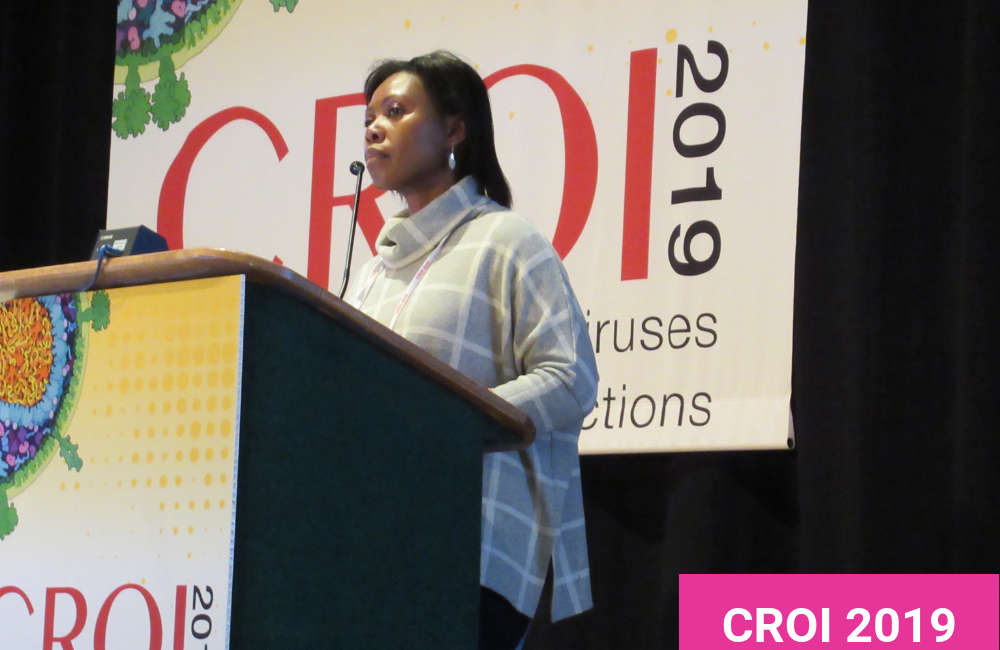
One in six people not on treatment in a large South African household survey already had drug-resistant HIV and more than half of those on treatment had resistance to at least one drug, researchers reported last week at the Conference on Retroviruses and Opportunistic Infections (CROI 2019) in Seattle.
The sobering assessment of the extent of antiretroviral drug resistance in the South African population led researchers to call for prioritisation of integrase inhibitor use in first-line regimens and the stepping up of adherence support for people on antiretroviral treatment. Earlier switches from failing regimens are also needed to prevent the development of further drug resistance.
With over 4.4 million people already on treatment, South Africa’s HIV treatment programme is the largest in the world. South Africa aims to enrol a further two million people on treatment by the end of 2020 and plans to introduce dolutegravir-based first-line treatment during 2019. Dolutegravir has a higher barrier to resistance than other drugs but some South African clinicians think it should be preserved for use in third-line treatment.
Like other countries, South Africa is also considering how to deal with the potential for neural tube defects in infants exposed to dolutegravir at the time of conception. Some countries have decided not to prescribe dolutegravir to women of childbearing age, but policymakers need to balance this against the need for the most effective regimen.
As part of the Fifth South African National HIV Prevalence, Incidence and Behaviour Survey in 2017, researchers undertook HIV drug resistance testing for the first time. The survey involves dried blood spot testing of a representative cross-section of the South African population and so can include people who are not accessing care or who are disengaged from care.
The survey identified 2294 people with HIV in 2017, of whom 1107 had unsuppressed viral load. Drug resistance testing was successful in 697 (in the remainder, samples were either insufficient, viral loads too low for testing or PCR amplification failed).
Drug resistance mutations were identified in 200 people (27.4% of those tested for resistance). The most common form of resistance was to the non-nucleoside reverse transcriptase inhibitor (NNRTI) class (18.9% of all samples tested). 7.8% of the sample had resistance to both NNRTIs and to at least one drug in the NRTI class, and 0.5% had resistance to NNRTIs, NRTIs and protease inhibitors.
Over half of all those who tested positive for traces of antiretroviral drugs in their blood (tested to verify treatment status, as the Household Survey is not linked to clinic records) had at least one drug resistance mutation (55.7%), most commonly to drugs in both the NNRTI and NRTI class (40.4%).
Among people who reported never having taken antiretrovirals and who tested negative for antiretrovirals at sampling, 15.3% had drug resistance, all to the NNRTI class (viruses with resistance to NNRTIs are more likely to be transmitted than viruses with other drug-resistant mutations).
Among those who reported being on antiretroviral treatment but who tested negative for antiretrovirals at sampling, 75.9% had drug resistance, predominantly to NNRTIs (56.4%) or to NNRTIs and NRTIs (14.3%).
The researchers found no difference in the prevalence of drug resistance by age or sex.
Moyo S et al. HIV drug resistance in South Africa: results from a population-based household survey. Conference on Retroviruses and Opportunistic Infections, Seattle, abstract 152, 2019.
View the abstract on the conference website.
Watch the webcast of this presentation on the conference website.
Update: Following the conference presentation, this study was published in a peer-reviewed journal:
Moyo S et al. HIV drug resistance profile in South Africa: Findings and implications from the 2017 national HIV household survey. PLOS ONE, 15: e0241071, November 2020 (open access).
https://doi.org/10.1371/journal.pone.0241071
